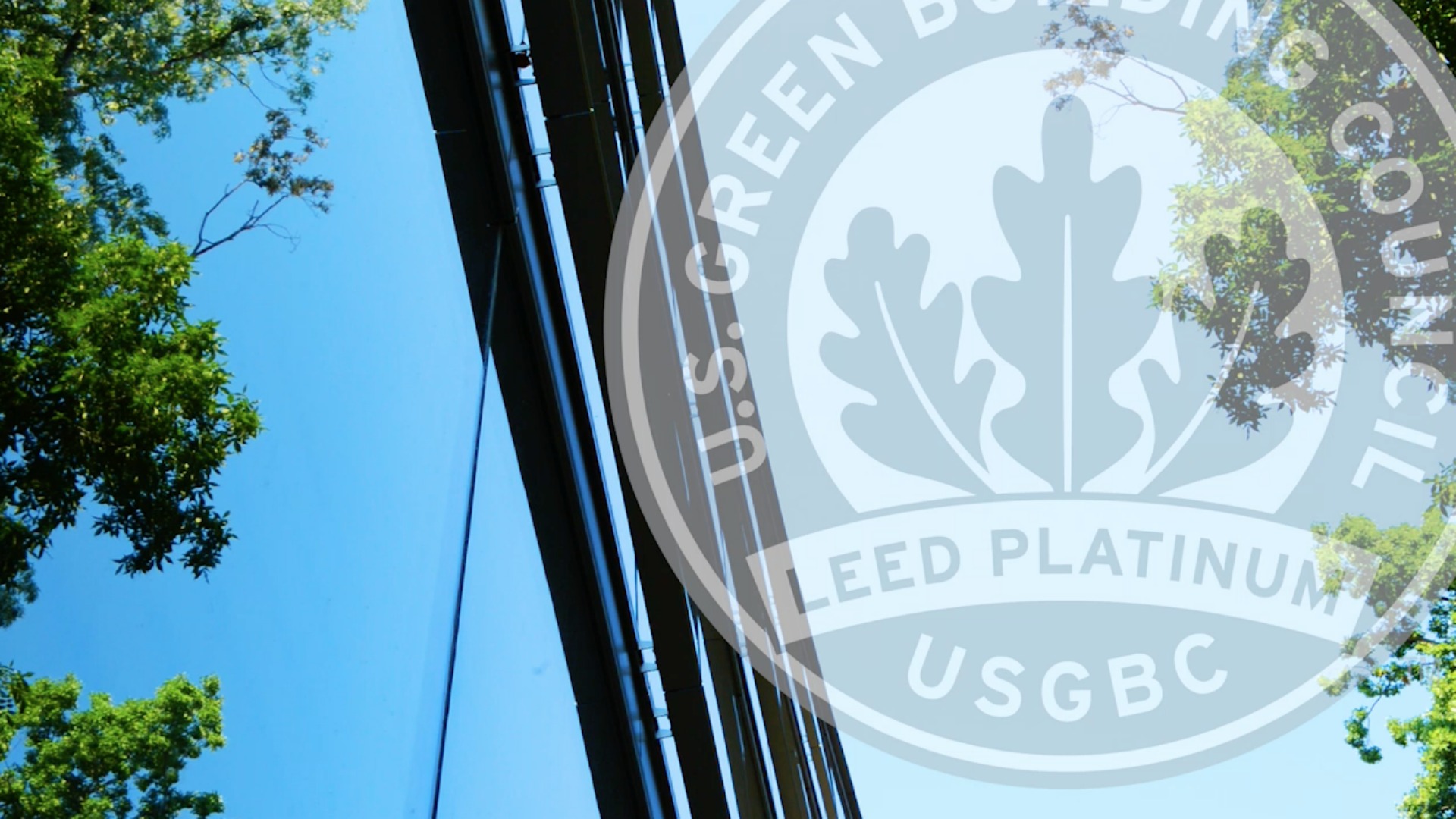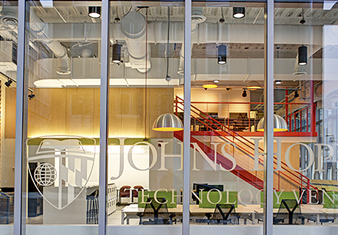
Going Green
Committing to a more environmentally conscious university.
Since 2009, Johns Hopkins has reduced its greenhouse gas emissions by 35 percent, showing that the university continues to march closer toward the goal to cut the level of its 2008 emissions by 51 percent by 2025. This and other key metrics were included in a comprehensive report published in spring 2016 by the university’s Office of Sustainability highlighting initiatives across all campuses that show progress the university is making toward its goal to have a smaller carbon footprint. In other areas, waste diversion continues to improve at the university, with continually expanding opportunities to recycle and compost across our campuses, and the efforts to source “real food” and host more sustainable events persist throughout the institution.
In other steps toward becoming a more environmentally conscious university, Johns Hopkins joined colleges and universities across the nation in signing the Act on Climate Pledge in 2015, committing the university to increase its energy efficiency, conserve resources, and continue to foster groundbreaking research in the fields of climate change, public health, energy, and sustainability. As part of the Idea Lab challenge, spring of 2016 marked the launch of a new Hopkins Eco-Smart Acorn Grant to encourage innovative projects to improve sustainability. And in October 2016, it co-sponsored the annual conference hosted by the Association for the Advancement of Sustainability in Higher Education, held in Baltimore.
Photo: Mehr Pastakia, an MBA student at the Johns Hopkins Carey Business School and principal owner of Pratum Greenroofs LLC, at the Legg Mason Tower’s green roof, which she helped to bring back to life.


